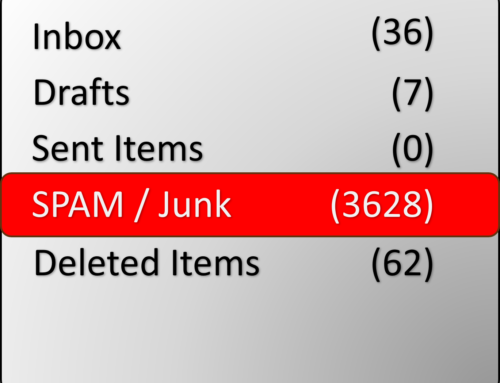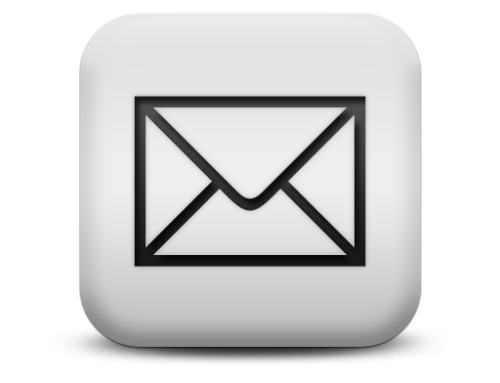How to Stop Website Form Emails from Landing in Junk or Spam
When someone completes a form on your website, whether they’re requesting information, asking for a quote, or booking a service, you want those messages to arrive safely in your inbox. Unfortunately, email providers sometimes flag these automated form submissions as spam or junk. That means you could miss valuable opportunities with clients or prospects.
Here’s how to make sure you see every form submission, no matter whether you use Windows or Apple devices, and regardless of your email platform (Outlook, Gmail, Apple Mail, Yahoo, etc.).
- Add Your Website’s Email Address to Your Safe List
Form submissions are typically sent from a designated address (e.g., no-reply@yourdomain.com or forms@yourdomain.com). To make sure these don’t get flagged:
- Outlook (Windows/Microsoft 365):
- Go to Home → Junk → Junk Email Options → Safe Senders.
- Add your website’s sending address or your full domain (e.g., @yourdomain.com).
- Gmail (browser or app):
- Open a form email, then click the More (⋮) → Filter messages like these → Create filter → Never send it to Spam.
- Add the address to your Contacts.
- Apple Mail with iCloud:
- If a form email lands in Junk, select it and click Move to Inbox.
- Add the address to your Contacts or mark it as a VIP so messages always show up.
- Yahoo Mail:
- Mark any form email as Not Spam and add the sender to your Contacts.
- Watch Your Junk or Spam Folder Regularly
Even with filters in place, sometimes new submissions get caught by accident. Make it a habit to quickly scan your Junk/Spam folder once in a while and mark legitimate messages as safe. This helps your email platform “learn” which messages are important.
- Ask Your Web Team for Best Practices
To improve delivery reliability, your website developer or host should ensure:
- SPF, DKIM, and DMARC records are set up for your domain (this proves to email providers that your website is authorized to send messages).
- Emails are being sent from a domain-based email address (like info@yourdomain.com) rather than a free Gmail/Yahoo account.
This technical setup dramatically reduces the chance that your form submissions will be flagged as spam.
- Quick Reference by Platform
| Platform | What to Do to Keep Website Forms Out of Spam |
|---|---|
| Outlook (Windows) | Add to Safe Senders, mark “Not Junk” |
| Gmail | Mark “Not Spam,” create a filter, add to Contacts |
| Apple Mail / iCloud | Move to Inbox, add to VIP/Contacts |
| Yahoo Mail | Mark “Not Spam,” add to Contacts |
Final Word
Your website is one of the most important ways for prospects to reach you. By taking a few simple steps, adding your website’s form email to your safe list, checking your junk folder, and confirming your site is set up correctly, you can be confident that you’ll never miss a new inquiry or service request again.











